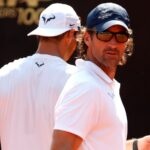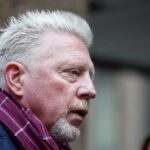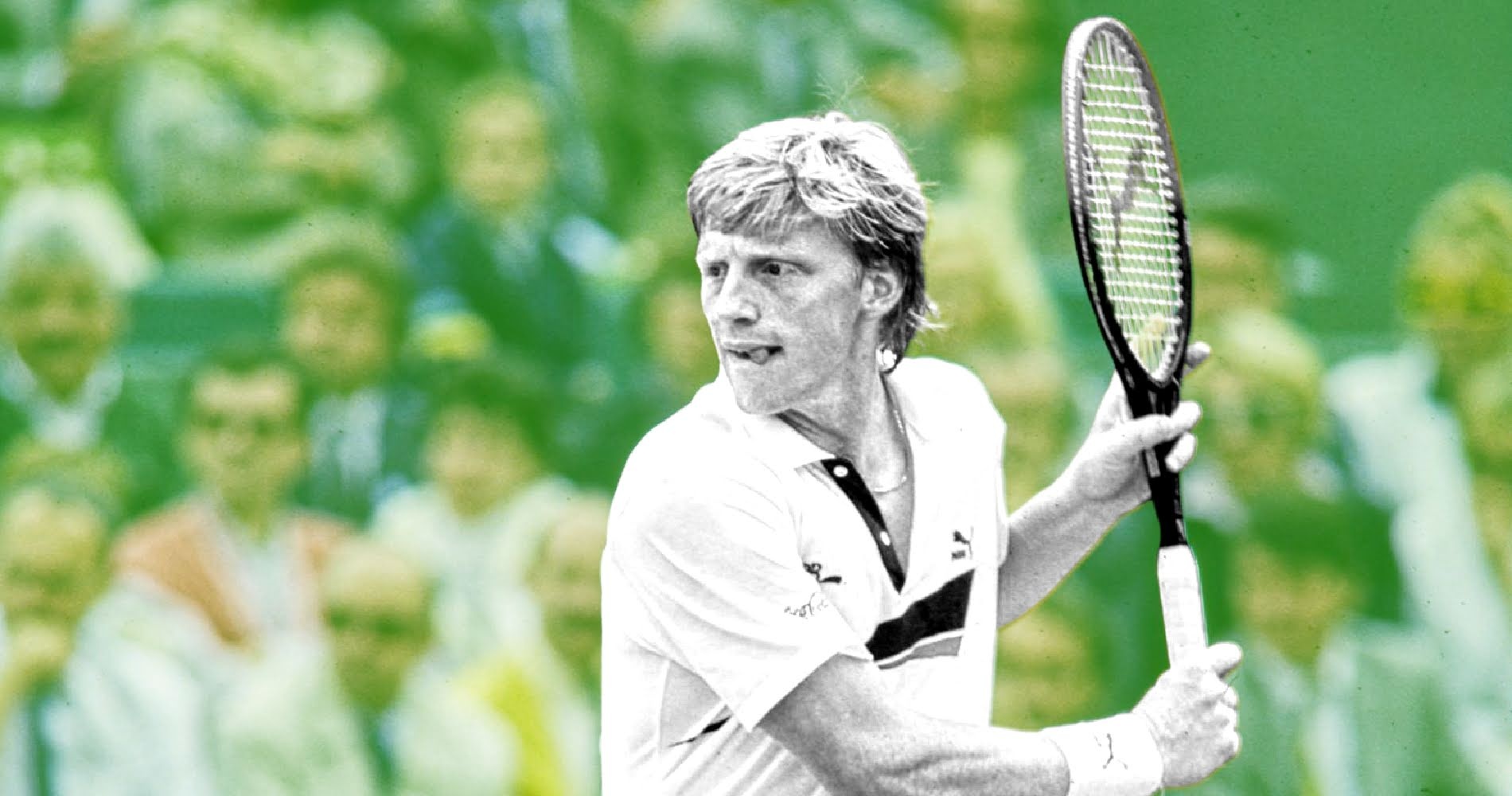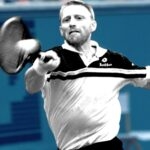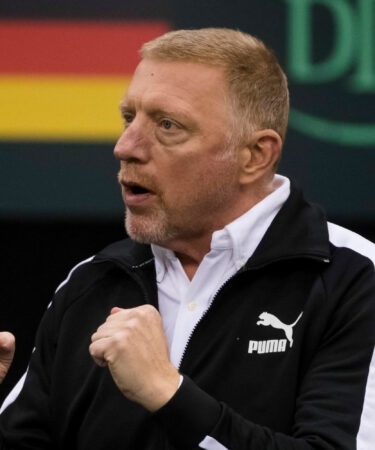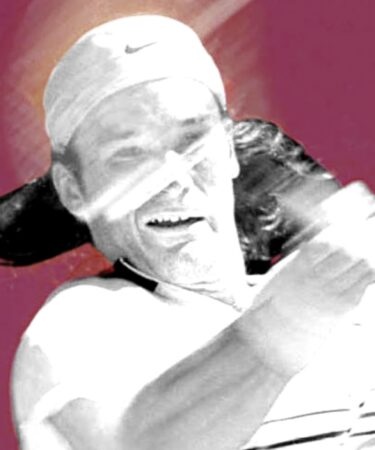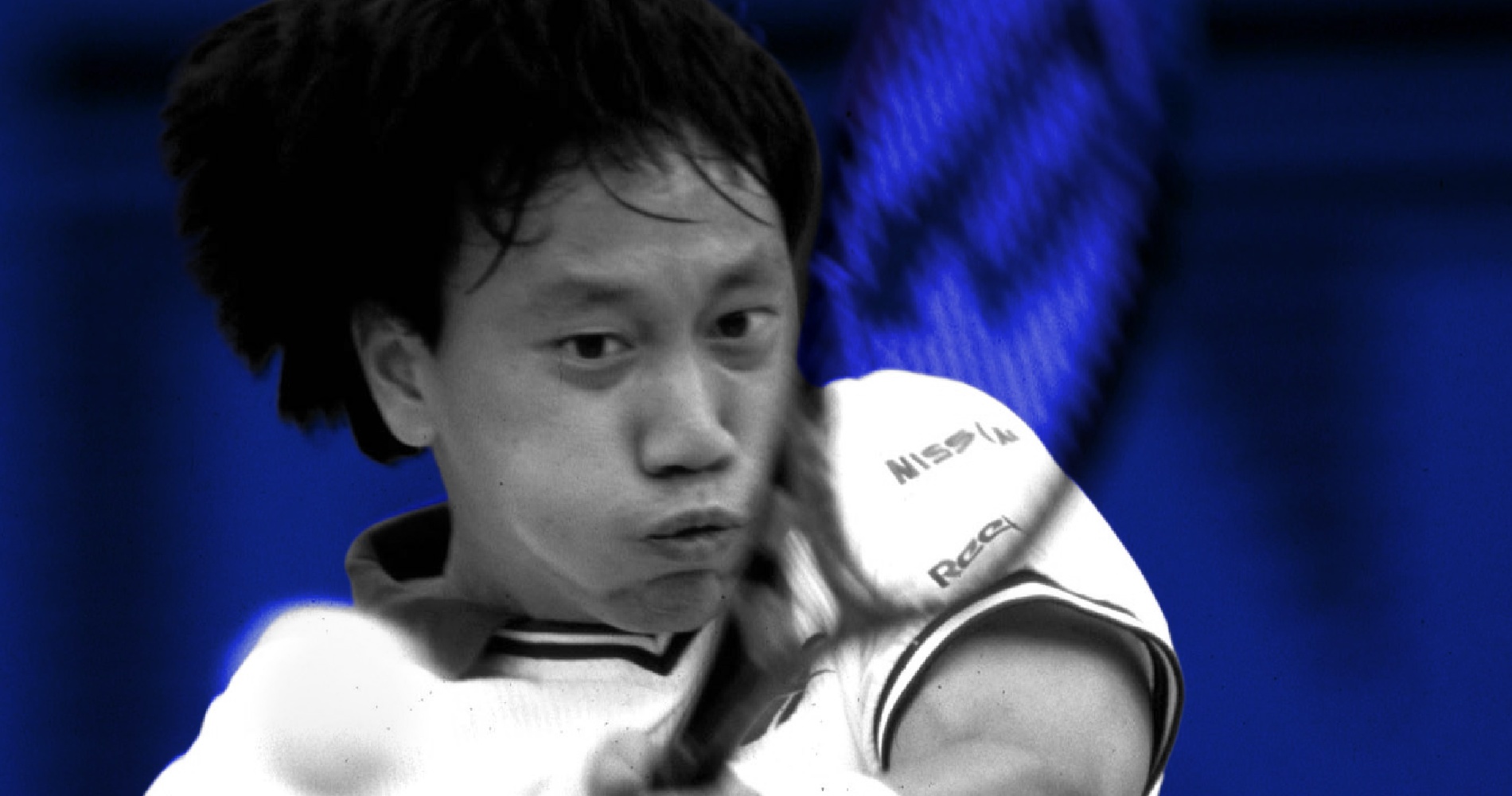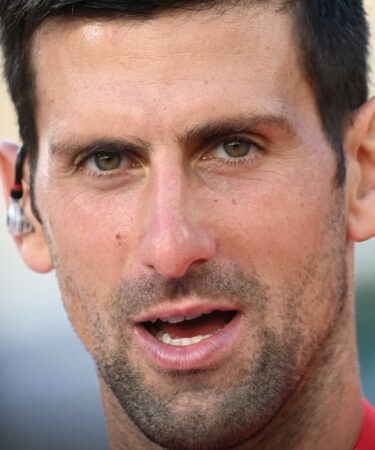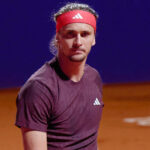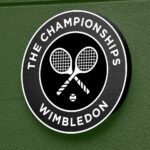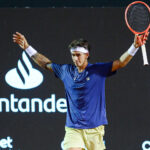January 13, 1997: The day Carlos Moya upset defending champ Boris Becker in the first round of the Australian Open
Every day, Tennis Majors looks back at the biggest moments in tennis history. On January 13, 1997, an unheralded Carlos Moya beat defending champion Boris Becker and then went on to reach the final of the Australian Open
 Carlos Moya OTD 01_13
Carlos Moya OTD 01_13
What happened exactly on that day?
On this day, January 13, 1997, a relatively unknown Carlos Moya , then ranked No 25 in the world, upset defending champion, Boris Becker, in the first round of the Australian Open (5-7, 7-6, 3-6 , 6-1, 6-4). The German was the first defending champion to lose in the first round of the tournament since Roscoe Tanner in 1977. The Spaniard would defeat world No 2 Michael Chang in the semi-finals to make his way into the final, where he would be defeated by Pete Sampras in straight sets (6-2, 6-3, 6-3).
The players: Carlos Moya and Boris Becker
- Carlos Moya: Young Spainard headed for the Top 20
Carlos Moya, born in 1976 in Mallorca, turned pro in 1995. Left-handed in everyday life but right-handed at tennis, he broke into the top 100 in November the same year, just after he claimed his first title in Buenos Aires, defeating countryman Felix Mantilla in the final (6-0, 6-3).
In 1996, he added a second title to his resume, triumphing in Umag against the same Mantilla (6-0, 7-6), and, reached two other finals on the Tour. With this, he finished the season as world No 28. His massive forehand made him one of the most promising young players in the world, which he confirmed at the beginning of 1997 by finishing runner-up to Tim Henman in Sydney (6-3 , 6-1).
- Boris Becker: The defending champion and three-time Wimbledon champion
Boris Becker was born in 1967. In 1985, the German became the youngest-ever Wimbledon men’s singles champion at the age of 17, beating Kevin Curren in the final (6-3, 6-7, 7-6, 6-4) . In all, he won three titles at the All England Club, which was also the setting of his famous rivalry with Swede Stefan Edberg.
His powerful serve, which he often followed to the net, earned him the nickname “Boom Boom”. Boris was famous for his spectacular diving volleys, as well as for his dramatic play and emotional outbursts. His peak years were undoubtedly 1989-1991. During that period, he claimed three Grand Slam titles and eventually reached the world No 1spot on January 28, 1991, after he had beaten Ivan Lendl (1-6, 6-4, 6-4, 6-4) to lift his first Australian Open title. Becker then struggled in the next couple of seasons and in 1993, he even dropped out of the top 10 for the first time in eight years.
In 1994, he reached the semi-finals at Wimbledon and claimed the Stockholm title, beating the top three players in the world to finish the year as world No 3. In 1995, the German finished runner-up to Pete Sampras at Wimbledon (6 -7, 6-2, 6-4, 6-2) and reached the semi-finals at Flushing Meadows, and in 1996, he claimed his sixth Grand Slam crown in Melbourne, defeating Michael Chang in the final (6-2, 6-4, 2-6, 6-4).
After he defeated Sampras in the Stuttgart final (3-6, 6-3, 3-6, 6-3, 6-4), Becker beat the world No 1 again in the Masters Cup round-robin (7-6,7 -6), but the American won the final in a match that would go down as an all-time classic in tennis history (3-6, 7-6, 7-6, 6-7, 6-4). It seemed that Becker was one of the elite players again and he was one of the favourites heading into the 1997 Australian Open.
The place: Australian Open, Melbourne
Unlike the other Grand Slam tournaments, the Australian Open (first known as the Australasian Championships and, later, the Australian Championships) had moved location several times over the years. In fact, the event switched cities every year before it settled in Melbourne in 1972, and no less than five Australian cities had hosted the event at least three times: Melbourne, Sydney, Adelaide, Brisbane and Perth. The event was held on grass at the Kooyong Stadium, in a wealthy eastern suburb of Melbourne. Its timing had changed several times as well, between early December and January, going from being the first Grand Slam of the year to being the last.
Until 1982, many of the best players skipped the Australian Open, mainly because of the remote location, and the low prize money, but then, with the triumph of Mats Wilander, the dynamics began to change. The tournament’s organizers made great efforts to become as prestigious as the other Grand Slams, which ended up with the event moving to a new location in 1988, at Flinders Park (later known as Melbourne Park), switching from grass to hard courts, and unveiling the first-ever centre court equipped with a retractable roof. Prize money increased as well, and since the move to Flinders Park, no player had triumphed at the Australian Open without ever reaching world No 1.
The facts: THE MELBOURNE heat takes a toll on Becker
Arriving at the 1997 Australian Open, Becker, the defending champion, was one of the favorites. In 1996, he had played top-flight tennis, and when healthy, he had probably been the second-best player in the world after Pete Sampras. Although his opponent, 21-year-old Moya, from Spain, had just finished runner-up in Sydney, no one thought that the German was going to get into any trouble against such an inexperienced player. No one, except maybe Becker and Moya themselves, as the Spaniard had defeated the German in November in one of the latter’s favourite tournaments, the Paris Indoors (6-3, 5-7, 6-4).
Under the extreme Australian heat, both players put up an incredible fight, with Becker rushing to the net whenever he could, and Moya trying to use as much spin as possible to keep the German at bay. In the end, it was maybe the Spaniard’s accuracy at passing shots that made the difference. Despite 22 aces and 30 winning volleys, the defending champion was defeated (5-7, 7-6, 3-6, 6-1, 6-4) after three and a half hours of play. With 17 double faults and 87 unforced errors, Becker produced what he called “the worst tennis (he’d) ever played in Australia”.
“Playing against him gives me extra motivation,” admitted Moya. “Becker is one of the greatest players in tennis history.”
“My brain is scrambled eggs right now,” Becker said after the match, referring to the blistering heat. “I’m really struggling to speak normally because I’m burning.”
The German was the first defending champion since Roscoe Tanner in 1977 to be ousted from a Grand Slam tournament in the first round.
What next? Moya SOON joins Becker in Grand Slam winner’s club
Carlos Moya would continue his run all the way to the Australian Open final that year, defeating world No 2 Michael Chang in the semi-finals (7-5, 6-2, 6-4). Eventually, he would be beaten by Pete Sampras (6-2, 6-3, 6-3) in the final. Moya’s career would peak in 1998, the year when he would claim his only Grand Slam title, defeating Alex Corretja in the Roland-Garros final (6-3, 7-5, 6-3).
Reaching the US Open semi-finals and finishing runner-up at the Masters Cup on top of that would help him reach world No 1 in February 1999, although he remained there only for two weeks. Retiring in 2010, Moya would then become even more famous as Rafael Nadal ’s coach in recent years.
After losing to Sampras in the 1997 Wimbledon quarter-finals (6-1, 6-7, 6-1, 6-4), Boris Becker would announce his retirement from Grand Slam events. In 1998, he would play only 11 tournaments, without claiming a single title, and in 1999, he would return to play at Wimbledon, defeated by Pat Rafter in the fourth round (6-3, 6-2, 6-3).
Becker would go on to become a coach himself to one of the game’s all-time greats, working with Novak Djokovic during the 2014-2016 period. Post that, the German would find himself in financial difficulties which would put him in prison in Britain from where he was released in late 2022. Recently, he briefly worked as a coach to young Danish player Holger Rune.

